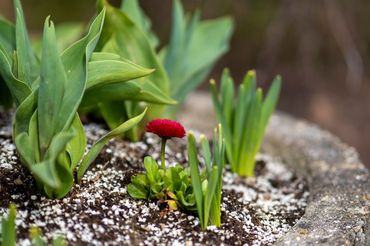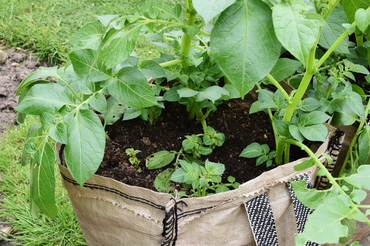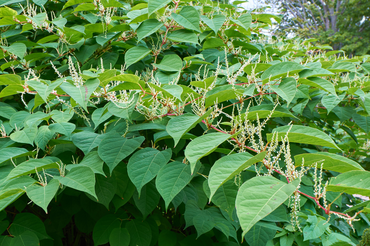
This perennials made simple guide will help you to understand perennials and how to care for them. A garden full of perennials springs to life year after year and provides a variety of colours, textures, fragrances, and attracts pollinating insects along with other wildlife. It is only in the winter months when perennials have died back that the colour will disappear until the following spring.
- What is a perennial
- How to plant a perennial
- How to care for perennials
- Perennials for containers
- What to plant with perennials
1. What is a perennial?
Especially if you are new to gardening, the names of plants and gardening activities can seem confusing, but one word to know is perennial. A perennial is a plant that grows, dies back over winter, and regrows again in spring. It will live year on year, with the right care, and provide plenty of interest for many months during the year.
2. How to plant a perennial?
Where you plant your perennials will depend on the species and its preferences, but how to plant it is really easy with a few tips.
- Dig a hole as deep as the pot the perennial is in and a little bit wider.
- Add some well-rotted organic matter and plant the perennial in the hole.
- Backfill with soil and water in well. Water well as they are establishing.
3. How to care for perennials?
This does depend on the species; for example, some will need more watering than others, but generally, all will need watering in dry weather. Mulching around the plant with well-rotted compost or leaf mulch will help to retain moisture. Spring flowering plants can be cut back after flowering, and summer flowering plants can be cut back in autumn, or leave the seed heads and stems for winter interest and wildlife, cutting them back the following spring when new shoots have appeared.
4. Perennials for containers
Many perennials grow really well in a container, so you needn’t be restricted by space. If you have a shady patio, balcony, or garden, try Hostas, Cranesbill, Heuchera, and many more. Given the right size pot, feeding, and watering (pots will require more water than a garden bed), most perennials will grow really well in a container.
5. What to plant with perennials
Perennials give so much colour and interest in the garden and, if mixed well, can provide colour from spring all the way until autumn. But what happens in winter? If you plant perennials around evergreens, the evergreens will ensure you have structure, texture, and colour even in the depths of the winter months. If you have gaps around your perennials that you would like to fill, plant colourful bedding plants or scatter annual seeds such as Cosmos, Nigella, or even wildflowers.
We have a wide variety of perennials suitable for all gardens in store and our friendly team on hand to advise you.




